As a pet parent, you will likely have to deal with a little doggo drool from time to time. It’s just part of the gig. But while most people learn to accept that they have a four-footed fountain, many still wonder why it happens.
Why does your dog drool so much?
Well, there are a number of reasons, including a few that are behavioral in nature. This can make it tricky to figure out why saliva is pouring out of your dog’s mouth.
Don’t worry – I’ll explain some of the most common reasons dogs drool excessively below.
11 Causes of Excessive Drooling in Dogs
Unfortunately, there are a litany of reasons your dog may be drooling in bucket-like quantities. So, as always, you’ll want to give your vet a quick jingle anytime you notice a problem – especially if it is new.
But most cases of drooling are pretty non-scary and triggered by a few common causes.
1. Nausea or an Upset Stomach
A variety of things can cause a dog to feel nauseous, ranging from illness to motion sickness. But no matter the cause, dogs who are feeling queasy will often start drooling. Nauseous dogs produce excess saliva to help lubricate the mouth and the esophagus, which makes it easier for them to expel the contents of the stomach and esophagus.
2. Fear or Anxiety
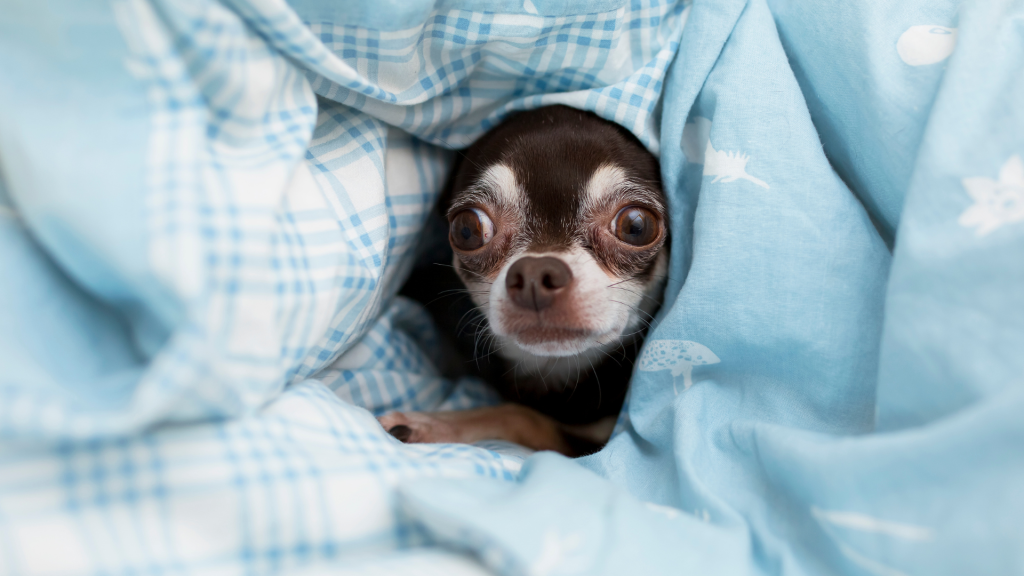
Dogs who’re anxious may also start to drool quite a bit. This is especially true of dog’s experiencing acute anxiety, brought on by things like vet visits, fireworks, or thunderstorms. Often, anxiety-induced drooling will occur alongside other symptoms, such as pacing, trembling, or an inability to settle.
3. Anticipation of Food
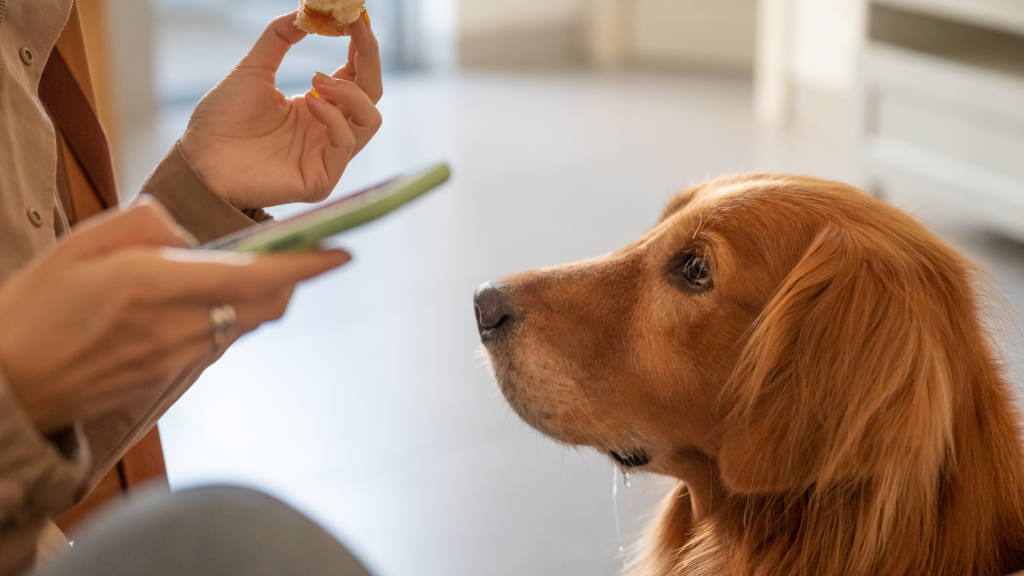
Drooling at the sight or smell of something that may be good to eat (such as when you grab the dog food bag) is a normal behavior for dogs. As with nausea, this is also a physiological reaction. But instead of preparing the dog’s body to vomit, anticipatory drooling helps to prepare the body for gobbling down food.
4. Some Dog Breeds Drool More Than Others
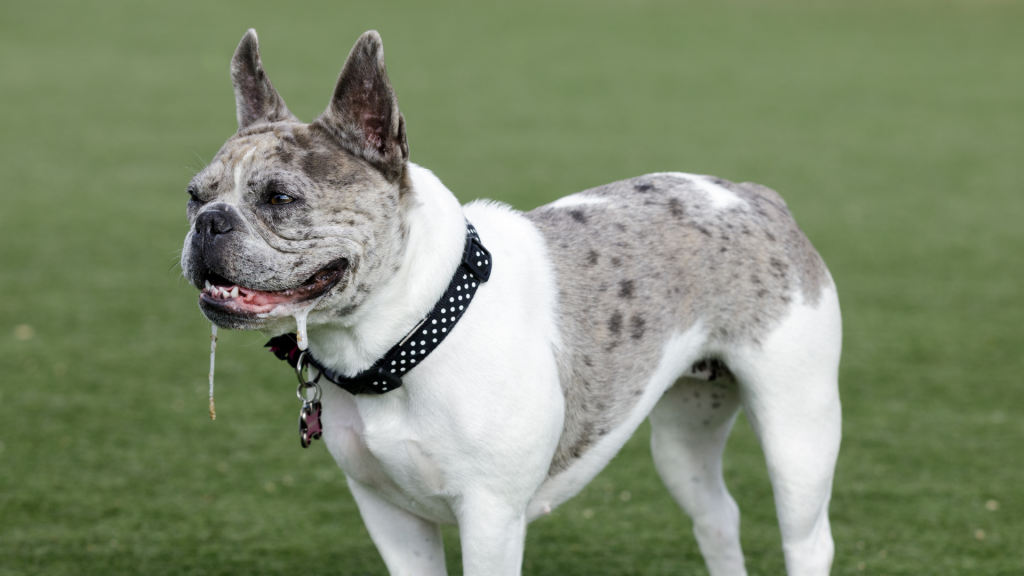
Unfortunately, some dog breeds – especially those with loose jowls, short snouts, or heavy lips – are genetically or physically prone to producing more drool than others. Bloodhounds, Saint Bernards, Newfies, boxers, and bulldogs are a few of the most notorious droolers.
5. High Temperatures
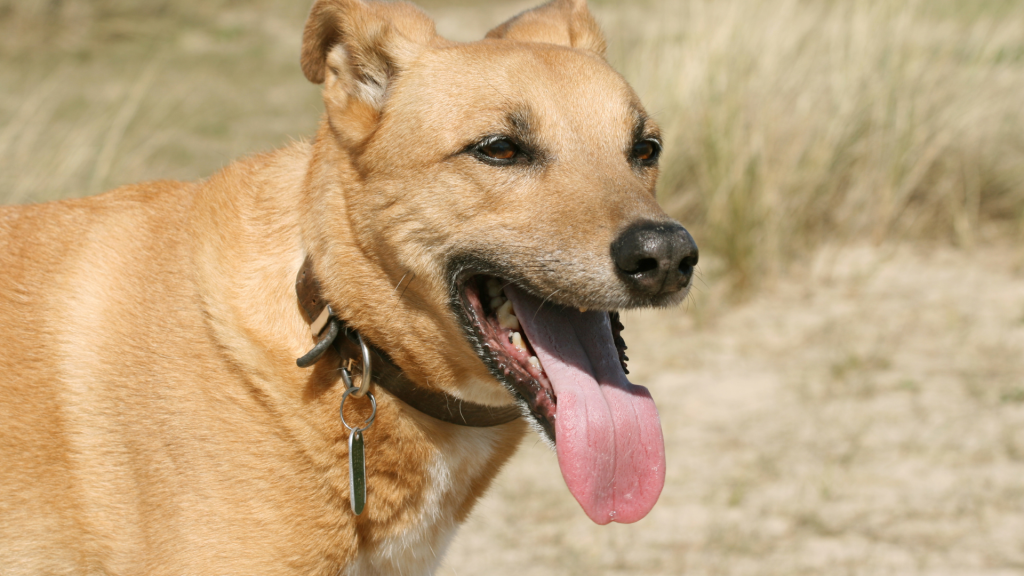
A high body temperature can also trigger your dog to drool. In fact, excessive drooling is an important sign to watch for when walking or playing with your dog during warm weather. In this case, the drool works kind of like sweat and helps cool off your dog’s body via evaporation.
6. Excitement or Overstimulation
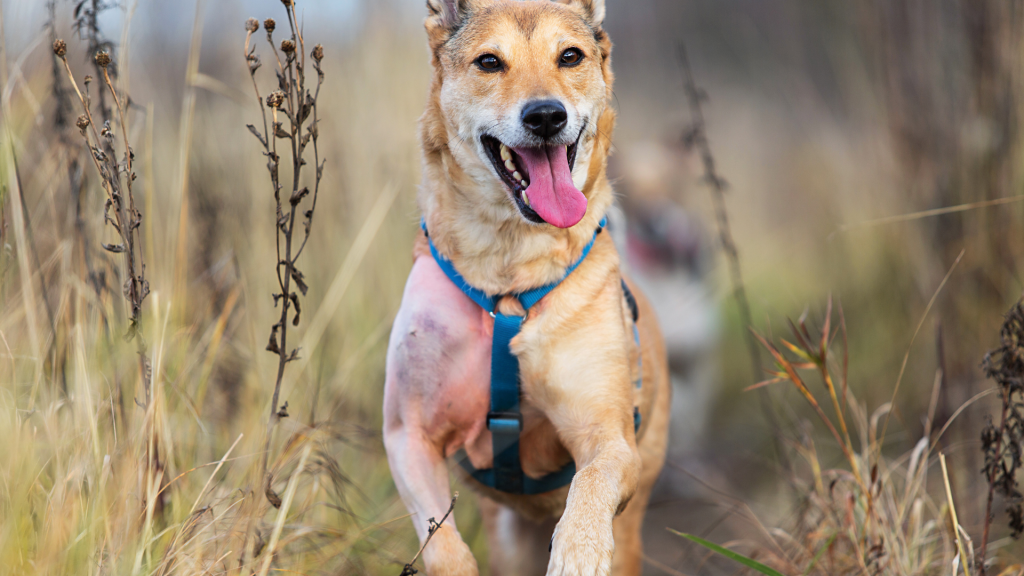
Excitement is essentially the positive version of anxiety, and it triggers the same kind of excessive drooling in dogs that anxiety does. In either case, the heightened emotional state triggers the parasympathetic nervous system, which causes your dog to drool.
7. Dental Disease or Other Mouth Issues
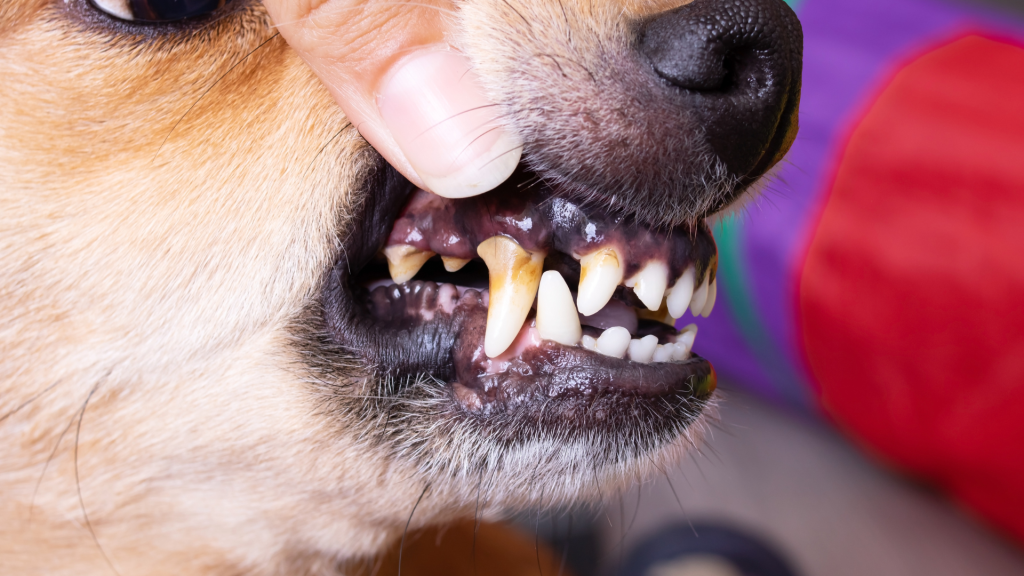
Tooth decay, oral pain, and mouth infections may cause excessive salivation (highlighting the importance of proper dental care for dogs). In some cases, this may simply be a result of the pain, but in others, it can serve as a way of flushing bacteria and toxins from the mouth. Watch for other symptoms, like unusual chewing or a reluctance to eat food, to determine if this is the cause of your dog’s drool.
8. Choking or Obstructions
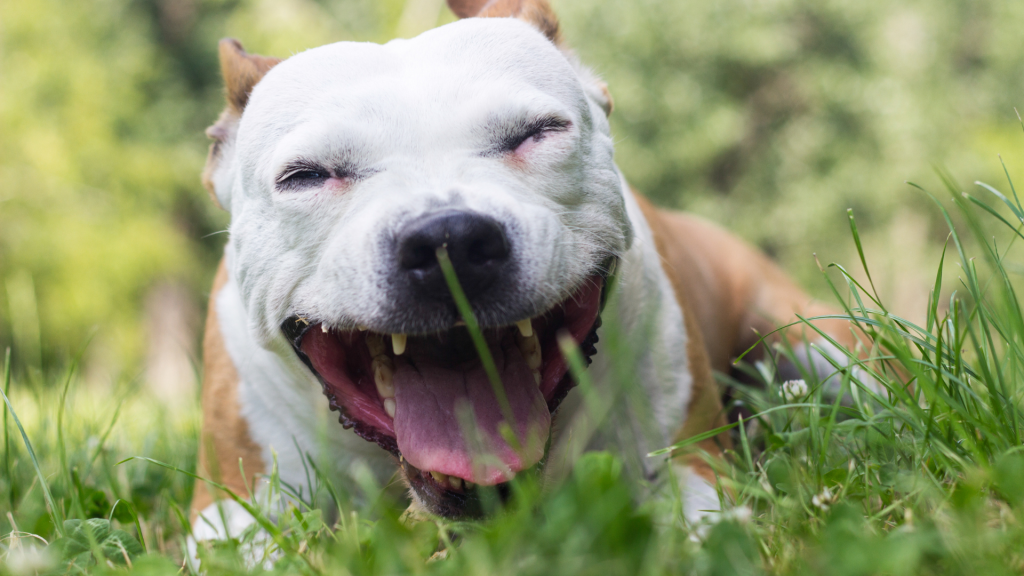
Excessive drooling may occasionally signify that your dog is choking on some kind of foreign body. In these cases, your dog may also exhibit “panicked” behaviors or have difficulty swallowing. Be sure to examine your dog’s mouth and get immediate veterinary assistance if you suspect your dog is choking (and perform the canine Heimlich maneuver, if warranted).
9. Exposure to Toxic Substances
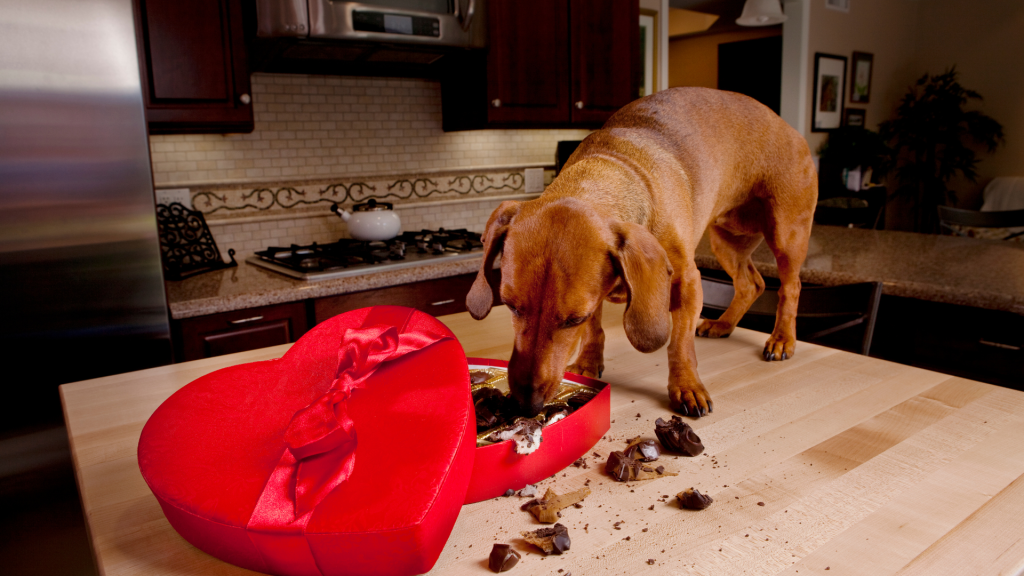
Dogs who consume toxins or eat something they shouldn’t will often start to drool excessively. This is another example of the body trying to flush out hazardous substances, and it also helps to prepare your pup’s body to vomit. Always contact your vet immediately (or the Pet Poison Helpline) if you suspect that your dog has consumed something dangerous.
10. Neurological Issues
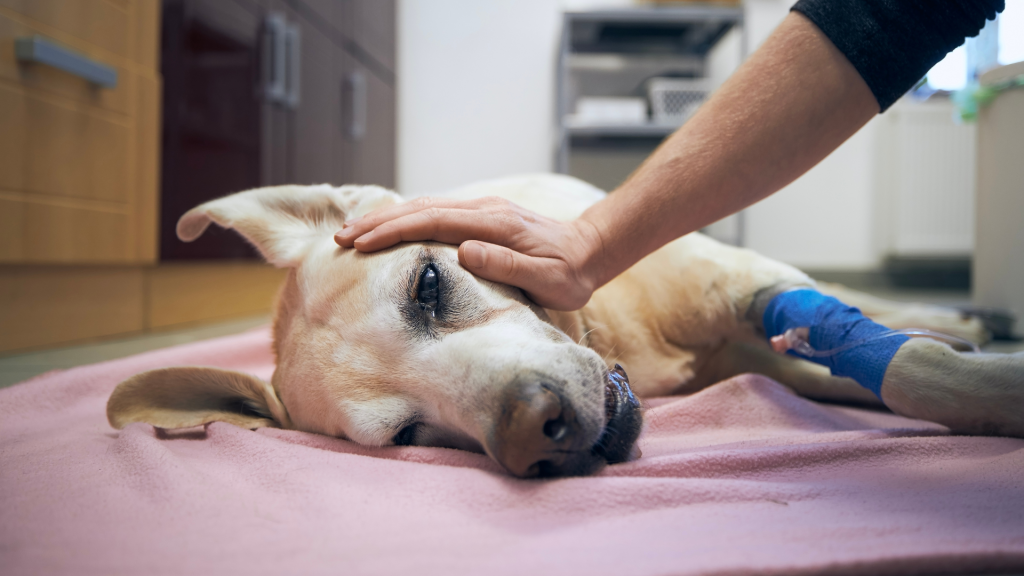
A variety of problems affecting the nerves, brain, or spine may cause excessive drooling. These can include everything from seizure disorders to vestibular disease to encephalitis. And though it’s not common in the U.S., rabies is another potential cause of drooling.
11. Kidney or Liver Disease
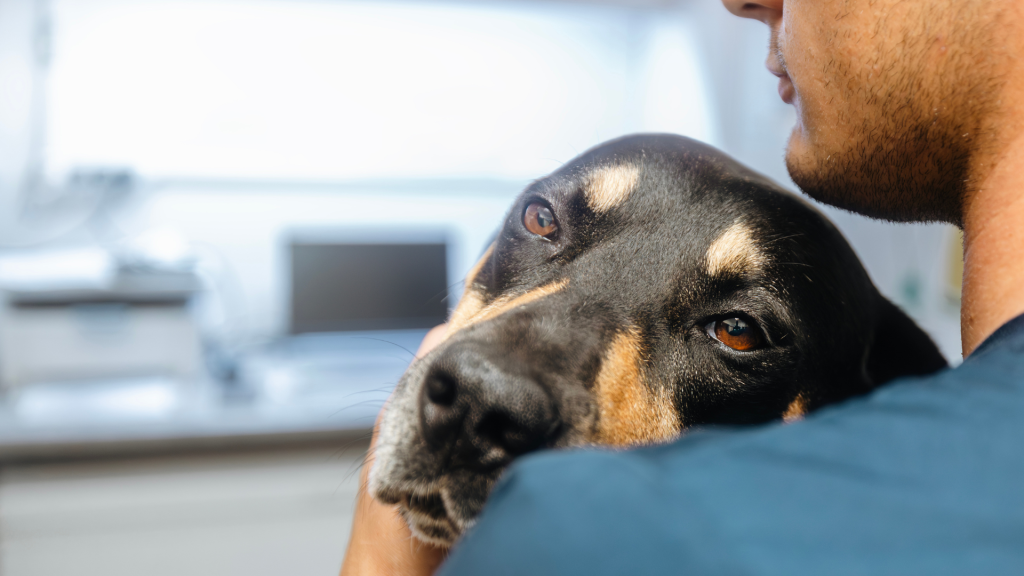
Kidney and liver problems may also trigger excessive drooling, but they tend to do so indirectly. These kinds of organ problems often impair a dog’s ability to filter toxins and waste products from the bloodstream. This can cause nausea and an upset stomach, which in turn leads to drooling.
How to Deal with Excessive Dog Drooling
You’ll need to work closely with your vet if your dog’s drooling is tied to a toxin exposure, infection, or organ issue. But if your dog is only drooling because they’re excited, anxious, or interested in food, there are a few things you can do to tighten up the faucets.
Anxiety-Triggered Drooling
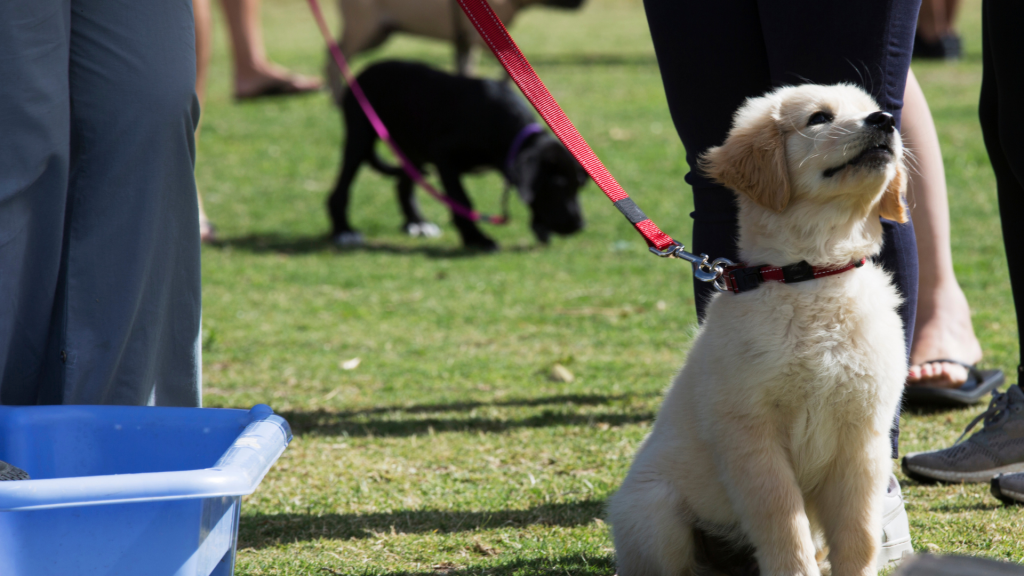
If your dog is drooling because they’re anxious, you’ll want to address the root cause of the anxiety.
In some cases, management strategies will be most helpful. For example, if your dog becomes anxious because people are walking back and forth in front of your apartment window all day, you may need to simply draw the shades. Preventing your dog from seeing all the activity may be enough to help them relax.
But in other cases, you can’t really eliminate exposure to the stimulus. You can’t, for instance, do anything about thunder or fireworks. In these situations, you may need to try behavioral techniques like desensitization and counterconditioning.
The former entails providing tiny bits of exposure to unpleasant stimuli while your dog feels safe. Over time, you’ll gradually increase the level of exposure until your dog no longer feels anxious about the trigger.
So, taking our previous example of people walking in front of your window, you may want to keep the shades mostly closed, while leaving a tiny sliver through which your dog can still see the activity. Or, you could sit with your dog and watch people through the window, but while sitting farther away, perhaps in an adjoining room. Over time, you’d either open the blinds a bit more and more, or start sitting closer and closer to the window with your woofer.
The other approach – counterconditioning – involves “rewiring” your dog’s brain by combining exposure to the trigger with something awesome (usually, lip smackin’ treats). Over time, your dog will stop being anxious when exposed to the stimuli and potentially even look forward to it instead.
So, you may sit with your dog while looking out the window. Everytime a person passess by, you’d give them a favorite treat. With repetition, you’ll notice that instead of becoming anxious, your dog starts looking for a treat every time a person walks by.
Excitement-Triggered Drooling
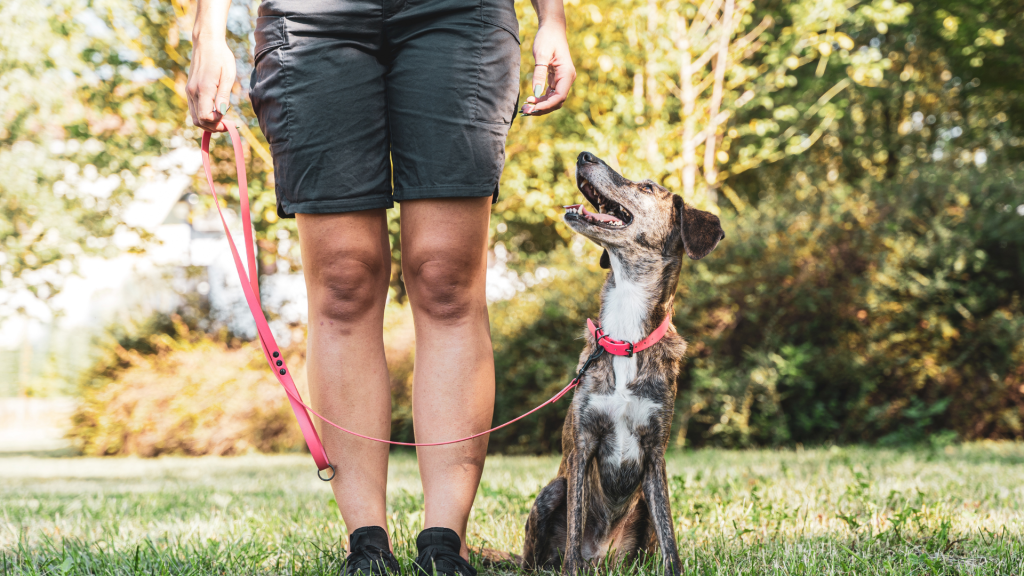
Excitement-induced drooling is one of the more pleasant causes of excessive slobber pet parents may need to address. After all, it’s caused because your pooch is feeling a positive emotion.
That said, it is still a messy issue, which you’ll probably want to address. Fortunately, most of the training approaches you can employ to address excitement-caused drooling are fairly simple.
As when treating excessive drooling caused by anxiety, desensitization may work well for treating overexcitement.
For example, if your dog becomes super excited everytime you grab the leash to go for a walk, you’ll want to start by remaining as calm as you can when you reach for the leash. Then, instead of going on an immediate walk, simply put the leash back down. Lather, rinse, and repeat for a few days or weeks, and your dog will learn that the act of you picking up the leash doesn’t necessarily mean a walk is in the works. So, they’ll start being a little calmer when you grab the leash.
Another thing you can do to help with excitement (as well as anxiety, to an extent) is provide more exercise and mental stimulation on a regular basis. This may not completely eliminate the problem, but it will help. And if used in conjunction with the desensitization approach described above, you’ll likely be able to stop your dog’s excessive drool problem.
Food-Triggered Drooling

If your dog often drools in anticipation of food, you’ll likely need to tackle the problem via canine management strategies – you can’t really train your dog not to love delicious grub!
So, think about doing things like keeping dinner out-of-sight until you’re ready to offer it to your pup. Or, if the excessive drooling occurs while your dog watches you eat, you may need to teach your pup to lay on a bed in the other room or hang out in a crate while you’re eating (it would also be wise to avoid giving your dog any treats from the table – over time, they’ll stop expecting them anyway).
You could also try feeding your dog at the same time you sit down to dinner. That may keep them occupied, so you can eat in peace without having to watch a gruesome waterfall in action.
Training May Help with Your Canine Companion’s Excessive Drooling

I can’t do much to stop your bulldog, Great Dane, or bloodhound from drooling all over your home. Drool is just part of the pet-parent gig for these pooches.
But if your canine companion is drooling because they’re overly excited or anxious, I can probably help.
Head over to my contact page now and tell me a bit about your pooch. I’d love to discuss the challenges you and your pupper are facing – even if they are of the slick-and-slobbery variety.
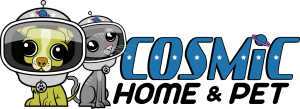

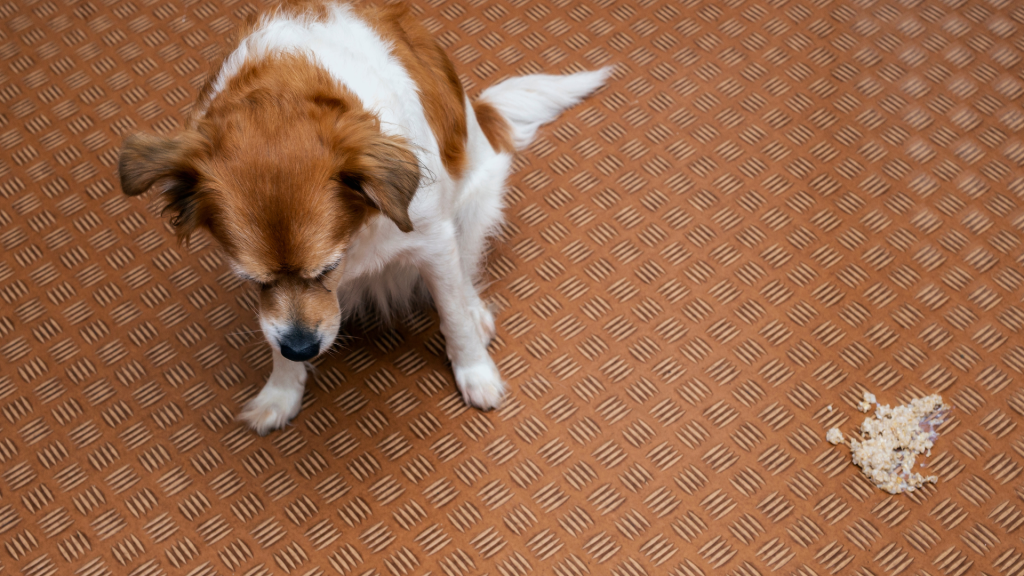
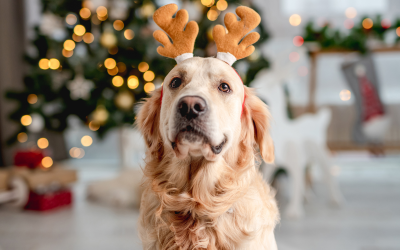
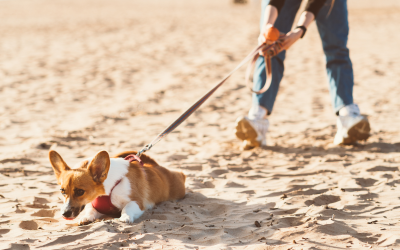
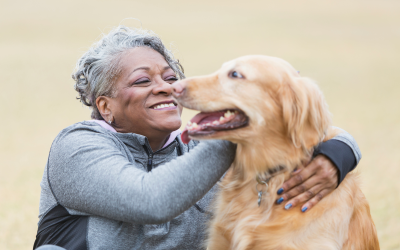
Recent Comments